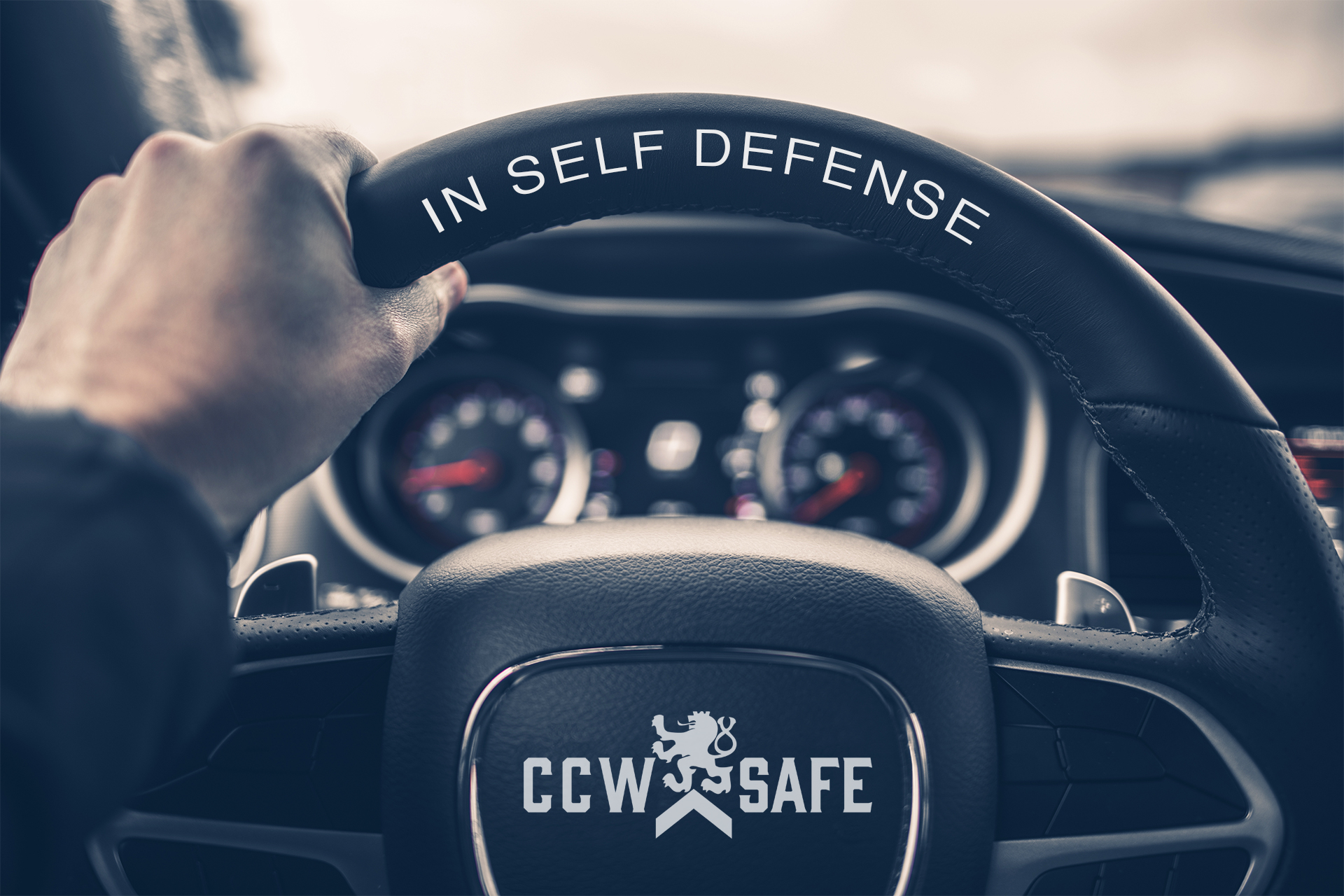
Posted on June 7, 2018
The Shooting of Joe McKnight: A Cautionary Tale To All Drivers- Part II Location
The Shooting of Joe McKnight
“A Cautionary Tale to All Drivers”
Part 2: Location
After a five-mile “tit-for-tat mutual road rage” incident, former New York Jets running back Joe McKnight got out of his car at a red light and confronted 56-year-old Ronald Gasser. It’s a matter of debate whether McKnight simply rested his forearms on the opened window of Gasser’s car as the prosecution said, or whether McKnight lunged at Gasser as the defense claimed. What was not in dispute, however, is that Gasser fired his .40 caliber Smith & Wesson pistol three times, striking McKnight in his right shoulder, his hands and, fatally, his chest.
Gasser claimed self-defense and was initially released after eight-hours of questioning. But ultimately, when witness testimony and forensic evidence refuted some of his claims, Gasser was arrested on charges of second degree murder.
During jury selection at Gasser’s trial, defense attorney Matthew Goetz reminded potential jurors that Louisiana law allows for lethal force if an intruder crosses the threshold of a person’s home — or car. According to statute, if McKnight reached into Gasser’s car, Gasser could be justified in using deadly force. At trial, prosecutors conceded that McKnight’s hands crossed the threshold. A bullet struck his hands, and blood splatter was found in the car. At first blush, it seems Gasser was justified.
But was McKnight truly an “intruder” when he crossed the threshold? Prosecutor Shannon Swaim suggested to the jury that “someone resting a hand on a window does not amount to forcible entry.” It’s a subjective statement, and whether it’s true depends on McKnight’s intent. That’s where the testimony of witness Veronica Hoye became critical. She said she heard McKnight yell, “No, YOU get out of the car.” The implication is that Gasser essentially invited McKnight to come to his vehicle.
In our articles on Castle Doctrine shootings, we explored the cases of Markus Kaarma and Byron Smith. Both men were homeowners who made clear efforts to lure would-be burglars into their home with the intention of shooting the intruders. Both men made statements following the shootings suggesting they had performed a valuable service for their neighborhoods. Kaarma got 70 years. Smith got life.
The same lesson applies to automobiles. Many states extend the idea of the Castle Doctrine to vehicles, but it’s not a green light to shoot just because someone leans into your car. To be justified, a shooting still must be reasonable.
Because of Louisiana’s law, Gasser did not have a duty-to-retreat before using deadly force in his automobile. At trial, attorney Goetz said, “If there were vehicles in front, all around, he would have nowhere to go.” He was trapped at the red light, and according to Gasser’s statements to police, he wanted to escape the situation. “I’m waiting for the light to turn green so I can get the f— out of there,” he said. If the law said Gasser didn’t have a duty to retreat, why did the defense lawyer bother to make this point? Because when juries decide whether a shooting is reasonable, they often like to know that the shooter didn’t pass up obvious opportunities to avoid the shooting.
The lesson for the concealed carrier is that even if the law in your state doesn’t mandate a duty to retreat when an intruder enters your car, to be justified, the use of deadly force must always be reasonable. Furthermore, if you invite someone to approach your vehicle, it’s hard to argue later that they were an “intruder” if they enter the vehicle.
While it may have been unclear whether the jury regarded McKnight as an “intruder” or not — it’s much more clear regarding who they held most responsible for initiating the confrontation. In the next installment of “The Four Elements of Self-Defense,” we explore how concept of escalation affected the legal defense of Ronald Gasser in the shooting of Joe McKnight.

Shawn Vincent- Litigation Consultant
Shawn Vincent is a litigation consultant who helps select juries in self-defense cases, and he manages public interest of high-profile legal matters. If you have any questions for Shawn, or would like more articles like this, let us know below!